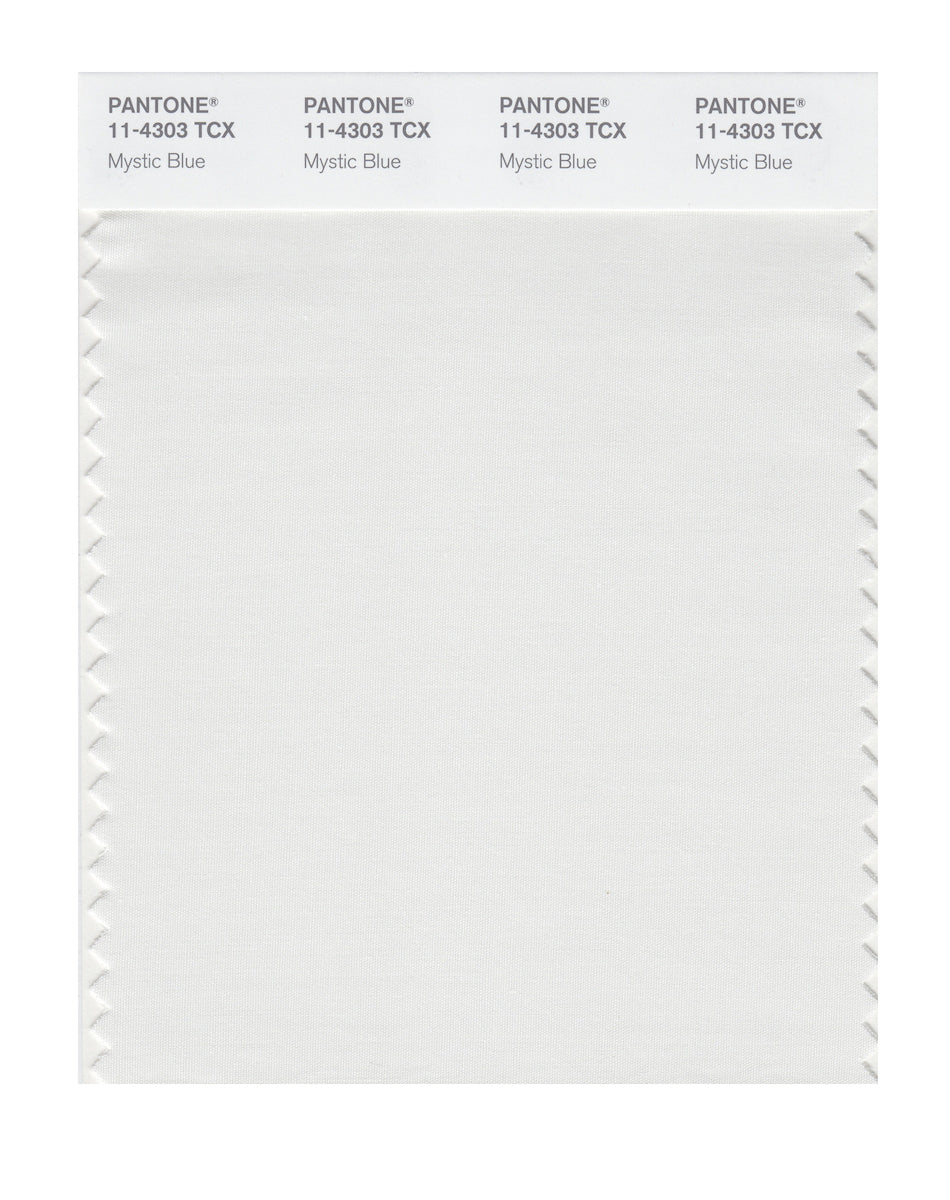

This defines a color-profile with a single component, "Pantone Reflex Blue".

I think this is easy to improve upon, but it might be better in a new function instead of overriding color(). I can name the ink, but that's it (and the quantity of ink is distinct from the alpha value if we ignore overprinting, 0% black is not transparent it's white). When specifying CMYK, for example, I can specify 80% cyan, 20% magenta. Either way the ICC profile, defined here as "profilename", is unused.įinally, I have no means of specifying how much ink. Also, I still have to specify the profile (or have it default to sRGB), which makes no sense in this context: If the device has the named ink, it will be used if it doesn't, the fallback (which defines its own color space) will be used. Only a single string is allowed, which means I am limited to using only one ink: from a PDF point-of-view I can define only a Separation color, not the more general DeviceN color. Color: color(profilename "Pantone Reflex Blue CVC", lab(26.18 18.64 -59.95))


 0 kommentar(er)
0 kommentar(er)
